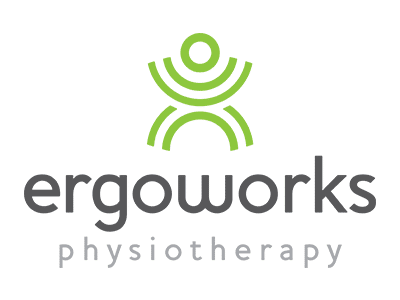School Ergonomics

How Important are Ergonomics at School?
School students are at greater risk than the adult workforce of musculoskeletal damage due to their rapid and greatly fluctuating growth rates, especially of their spines, leading to a push for educators to become more versatile when fitting out classrooms.
During their primary years, children can grow so quickly and vary so much in size from other students of exactly the same age that furnishing a classroom can be a minefield for ergonomic assessors.
Learning Healthy Habits
Teachers are the educators and parents are the mentors and, while these roles are relatively interchangeable, they are both responsible for instilling solid foundations around health and wellbeing in children under their care. This includes knowledge about soft-tissue and bone health.
Aside from learning about nutrition and the benefits of exercise, kids need to be aware of the impact their postures have on their future wellbeing. To help educate children on how to look after their growing bodies, ergonomic solutions must be discussed both at school and at home.
The younger the child, the better to instil good habits because they have roughly a decade to entrench these practices before reaching adulthood.
Teaching your kids healthy habits now will help them avoid issues in the future. It will also demonstrate when they need to speak up for themselves in the workplace, especially if their comfort is compromised.
The Impact of Technology
Over the past decade, the amount of technology that has been introduced into schools has resulted in some big words being tossed around relating to the long-term effects of pupils hunching over desks and computers: “tension neck syndrome”, “repetitive strain injury” and “occupational overuse syndrome” are just some of the terms associated with the soft-tissue damage being seen in younger and younger patients.
As the uptake of technology increases, IT is impacting children’s learning and leisure times, with almost every child in Western cultures having access to a computer, laptop or tablet at school and at home. Children are often more flexible than adults, so they can scrunch into positions that may cause strain over time.
While the corporate work environment has experienced a huge increase in awareness of the detrimental effects of working without proper ergonomic solutions, there has been less focus on children. With many adolescents playing online games, engaging on social network, studying or doing homework, back pain is on the rise.
Laptops, while convenient, aren’t always the most comfortable device to use because the screen height and keyboard position can’t be adjusted to suit the user. Older, or taller, children may experience more discomfort than their younger peers.
Alternately, carrying a laptop may help reduce the number of heavy textbooks students have to lug around with them, however, studies by Curtin University have shown that students may experience discomfort from carrying their laptop incorrectly.
Make Comfort a Priority
There is more funding going towards IT and communications equipment in schools, while ergonomics falls short in many school budgets. Many school environments rely on outdated equipment and furniture, which isn’t suited for children’s growing bodies.
At home, the situation can be just as uncomfortable, with many kids using the dining room table to do their studies, while parents are oblivious to the ergonomic implications of hazards such as poor lighting, trip risks and incorrect computer height.
These issues need to be addressed now. Before kids “finish high school, two thirds of children would have experienced their first episode of back or neck pain”, warns Professor Leon Straker, Director of Research in the School of Physiotherapy at Curtin University.
This is particular problematic because of what it leads to later in life. Experiencing back or neck pain as a child “makes you more likely to have chronic back or neck pain as an adult”, Straker adds.
There are some simple ergonomic solutions, such as laptop packs, which can be used to adjust computers and keyboards heights for optimum comfort.
Moveable classrooms, which include high desks, low desks, beanbags and floor-based seating allow children to move around, stretch between activity hubs and stimulate their minds as more schools are moving away from the static classroom paradigm.
Giving children the choice to sit where they feel most comfortable allows them to decide what suits their growing bodies. Lots of colourful choices scattered around the classroom helps create a more dynamic learning environment, which encourages pupils to remain engaged throughout their learning day.
Knowledge is Power
Teachers, parents and children can work together to build healthy foundations. By implementing sound ergonomic practices, educators can reach attainable goals in functional design for learning areas.
There was little known about the adverse health effects of sedentary work practices when the adults of today were at school. In today’s learning realm, there are plenty of resources to help your children build healthy, positive and practical habits, which will benefit their physical and mental wellbeing throughout their schooling and working years into the future.
For more information or a professional consultation to discuss the most effective classroom designs, contact us at ErgoWorks Consulting to see how you can start making positive changes for your children.


